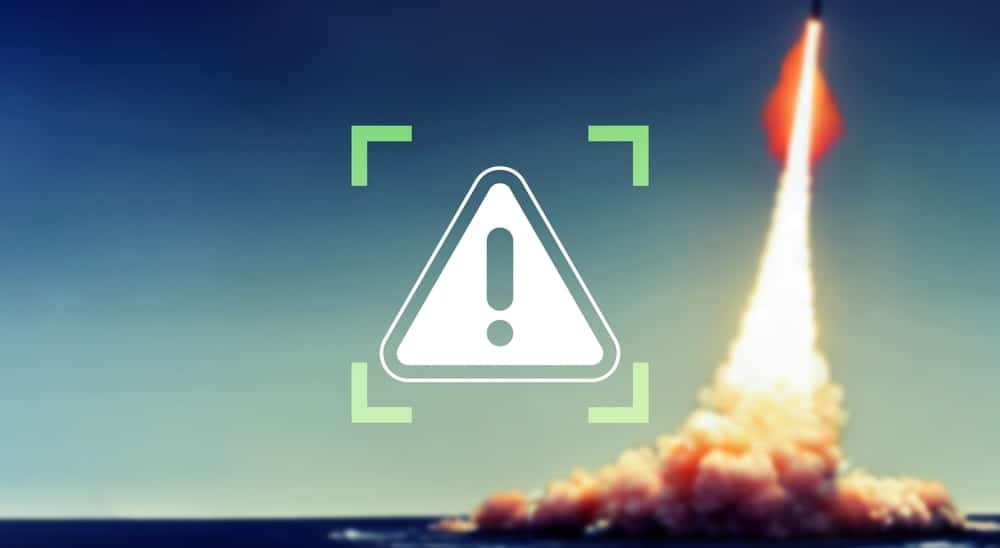North Korea fired an intercontinental ballistic missile that landed near Japanese waters Friday in its second major weapons test this month that showed a potential ability to launch nuclear strikes on all of the U.S. mainland.
While it’s unclear whether North Korea possesses functioning nuclear-armed missiles, some experts say Friday’s launch involved its longest-range missile, which is still under development and is designed to carry multiple nuclear warheads to overcome U.S. missile defense systems.
North Korea’s recent torrid run of weapons tests aims to advance its nuclear arsenal and win greater concessions in future diplomacy. It comes as China and Russia have opposed U.S. moves to toughen U.N. sanctions aimed at curbing North Korea’s nuclear program.
The United States quickly condemned the launch and vowed to take “all necessary measures” to guarantee the safety of its territory and its allies South Korea and Japan. Vice President Kamala Harris met with the leaders of those countries and of Australia, Canada and New Zealand who are attending a regional forum in Bangkok to discuss the launch.
“We again call for North Korea to stop further unlawful, destabilizing acts. On behalf of the United States, I reaffirm our ironclad commitment to our Indo-Pacific alliances,” Harris said at the start of the meeting. “Together the countries represented here will continue to urge North Korea to commit to serious and sustained diplomacy.”
South Korea’s Joint Chiefs of Staff said it detected the ICBM launch from North Korea’s capital region around 10:15 a.m. Japan said it appeared to fly on a high trajectory and land west of its island of Hokkaido.
According to South Korean and Japanese estimates, the missile flew 1,000 kilometers (620 miles) with a maximum altitude of 6,000-6,100 kilometers (3,600-3,790 miles).
Japanese Defense Minister Yasukazu Hamada said that depending on the weight of a potential warhead, the missile had a range exceeding 15,000 kilometers (9,320 miles), “in which case it could cover the entire mainland United States.”
Kwon Yong Soo, a former professor at Korea National Defense University in South Korea, said he believes North Korea tested a developmental Hwasong-17 missile, which he said can carry three to five nuclear warheads and fly as far as 15,000 kilometers (9,320 miles). (SOURCE)










